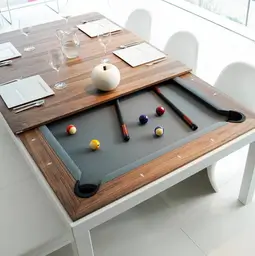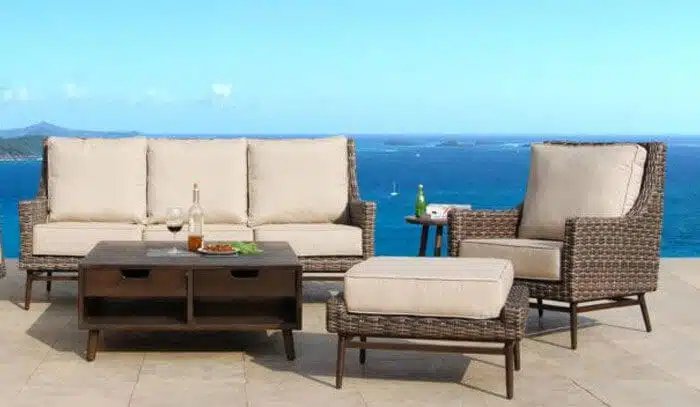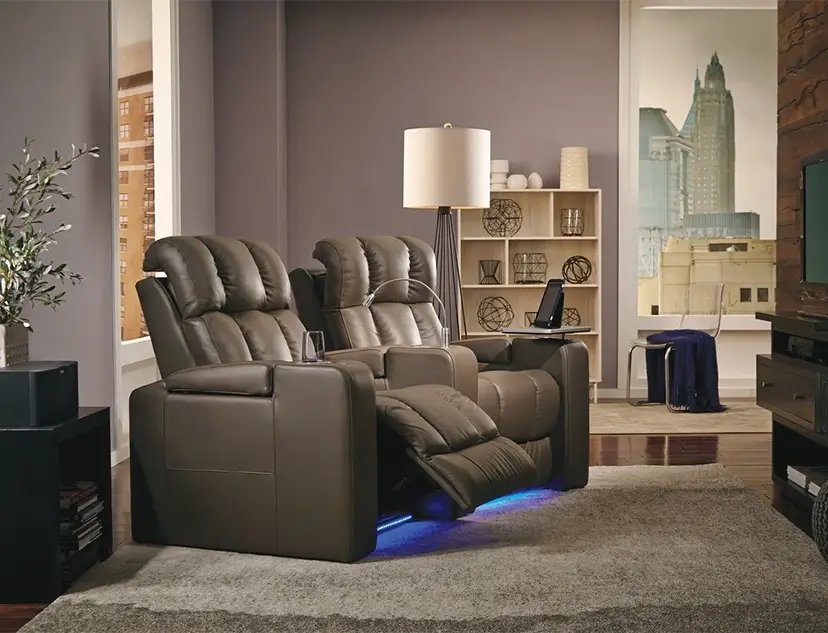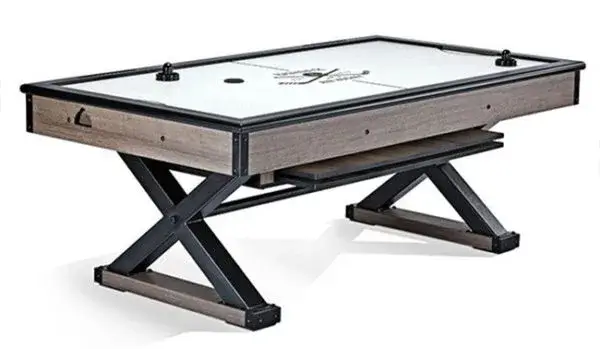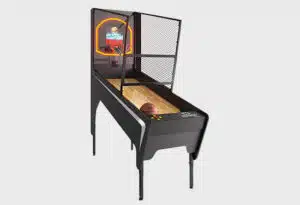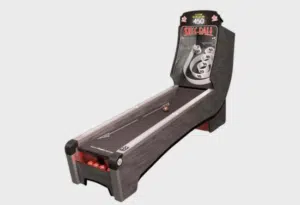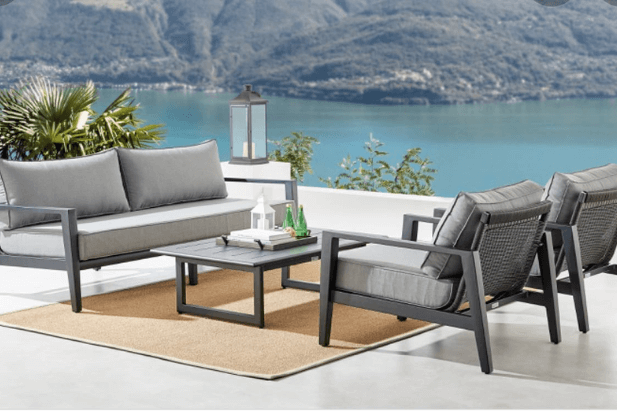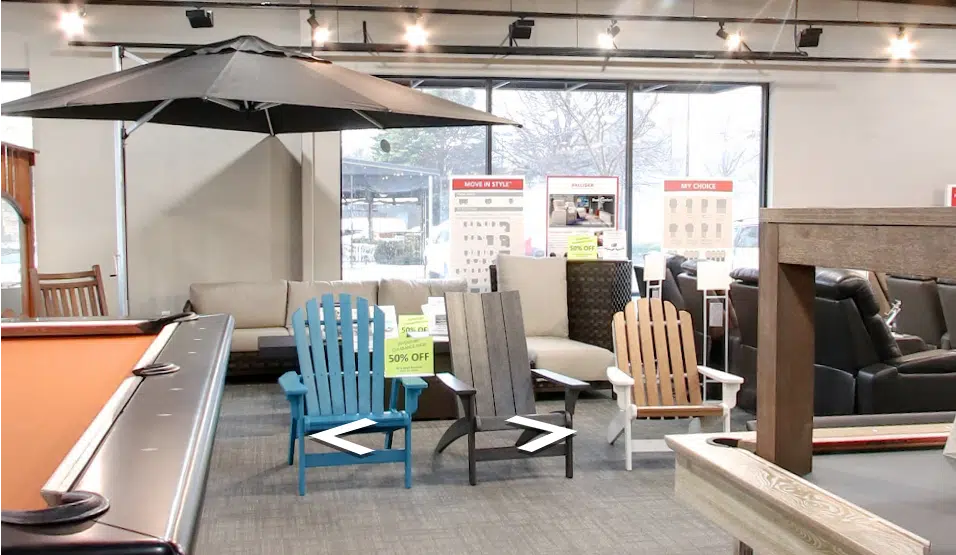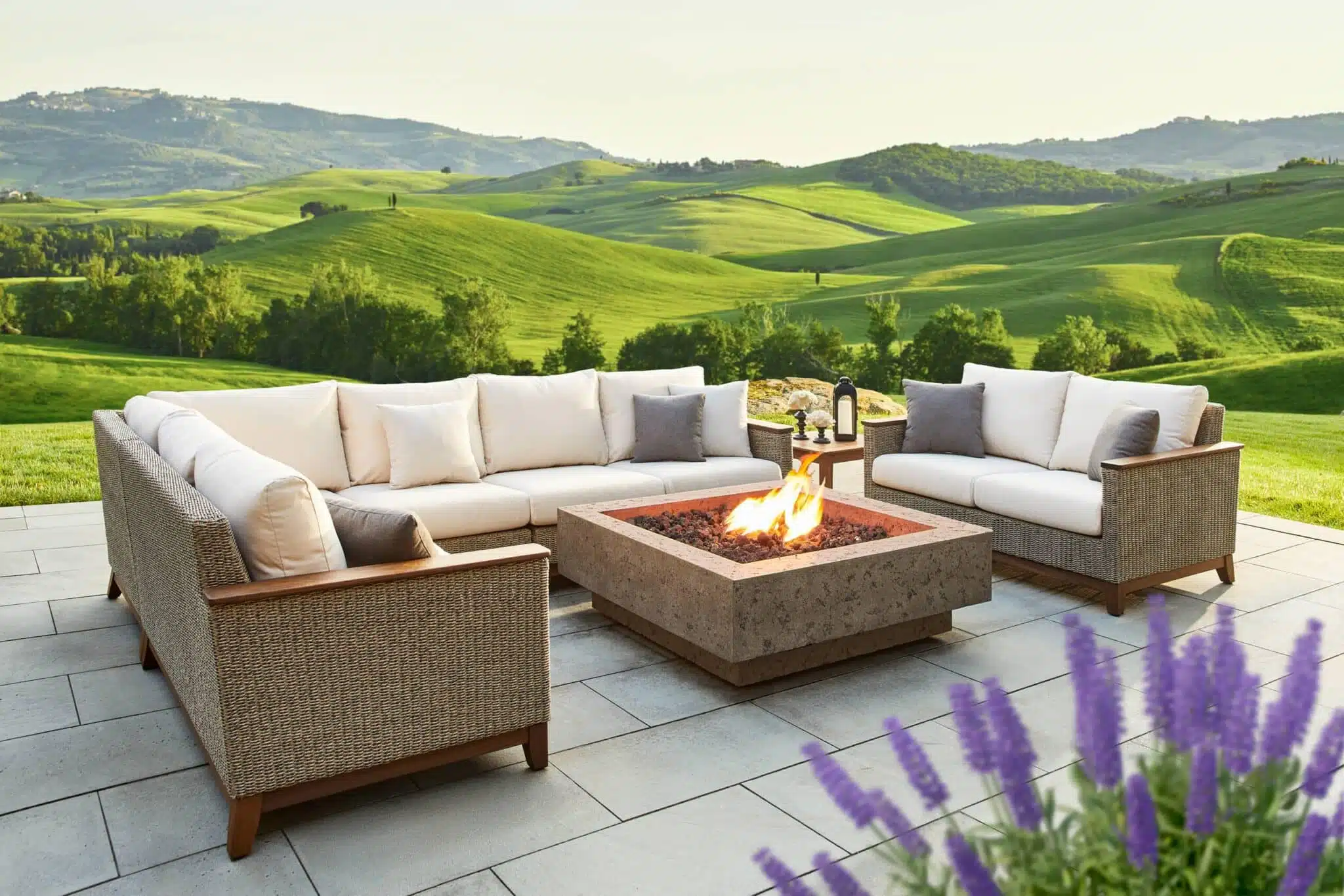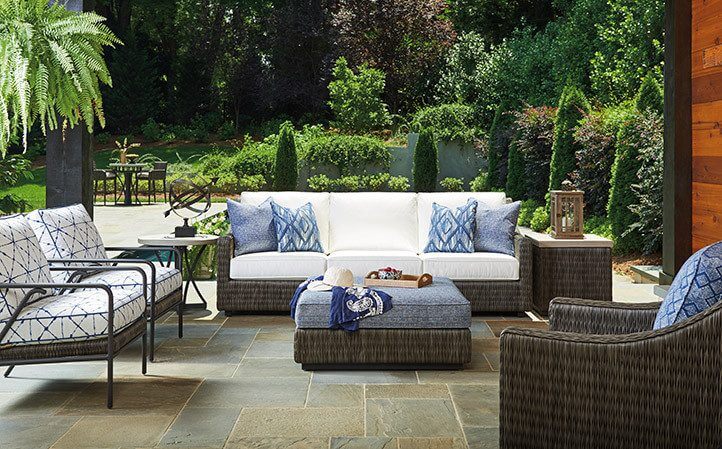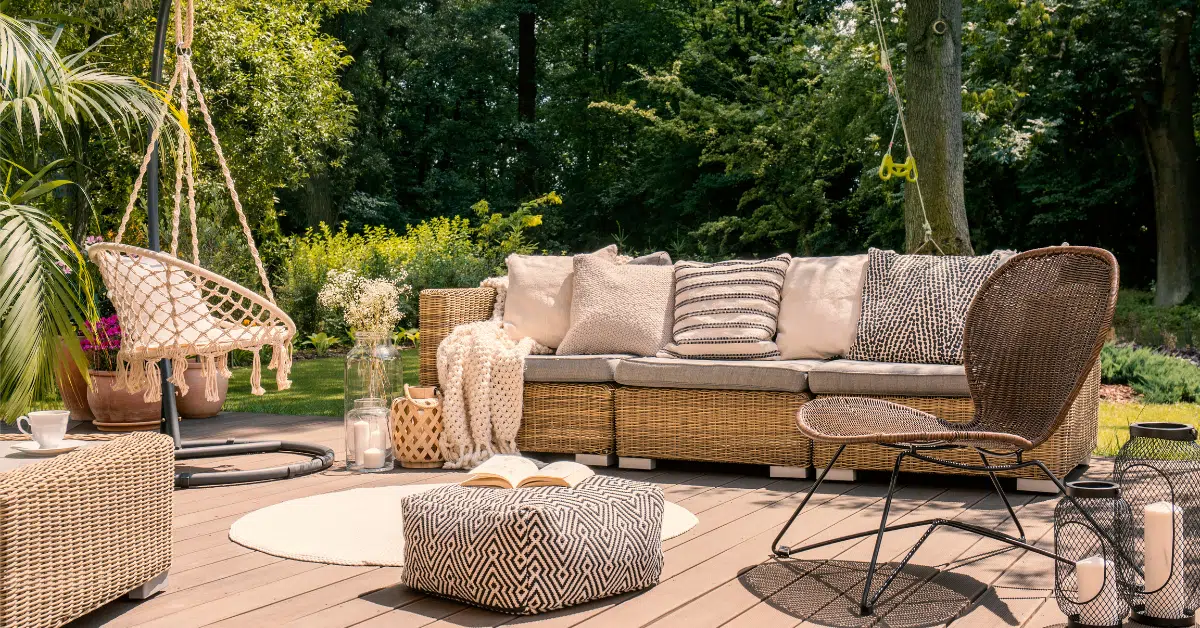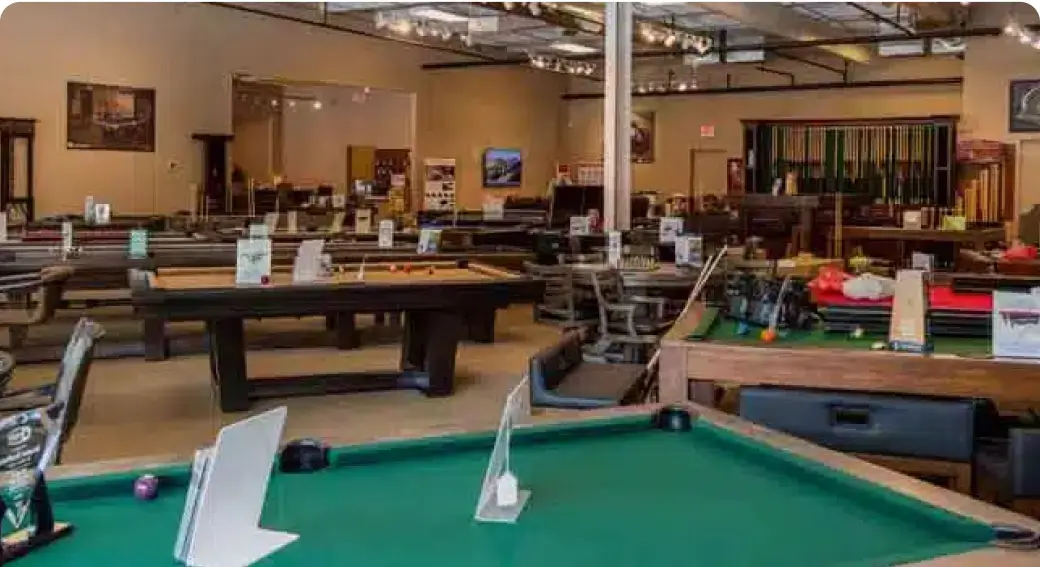Considering adding a patio to your home? First, it’s a great way to enjoy nature from home. Second, it can help you extend your entertaining space and enable you to host larger celebrations. Last but not least, patios are an in-demand feature that can increase the value of your home by 10%.
But simply slapping a patio onto your home isn’t enough. If you—or future buyers—are going to get any benefits from a patio, it has to be designed to complement the space and activities for which it is intended.
The size is one of the most important factors to consider when adding a patio to your home. It will be too cramped and uncomfortable to use if it’s too small. However, you don’t want your patio to dwarf your home and yard. Leaving enough of a backyard for kids and pets to run around is important, as this can be a major selling point for future buyers.
There needs to be one perfect size for a patio. The right patio size for you will depend on the size of your home, yard, and reasons for installing a patio.
1. Ask Yourself What You Are Going To Use Your Patio For
If you’re considering adding a patio to your home, you’ve already considered what you will use it for. This can help you determine how big of a patio you’ll need.
For example, are you just looking for a nice, quiet place to sit and have coffee in the morning? If that’s the case, a smaller patio with enough room for a bistro table and chair may be enough. However, you may want to use your patio to entertain large groups outdoors. You’ll need something big enough to accommodate a dining table and seating for everyone.
Do you want your patio to serve one purpose, or do you want it to accommodate multiple activities? You want a space where people can lounge on outdoor couches and a space for a table where you can sit and eat a formal meal. You’ll need a larger patio with space to accommodate both areas.
2. Think About Where The Furniture Will Go and How People Will Move Around It
Once you know what activities you want to use your patio for, start looking at patio furniture. It might seem backward to buy furniture before you have a place to put it, but having it on hand can help you pick the best dimensions for your patio.
It’s not just a matter of making all the furniture fit on the patio. It has to be functional. People have to be able to move around the furniture to get from one area of the patio to the other. If you have a door inside your house that leads directly to the patio, you want to ensure you don’t block the door.
Suppose you have the furniture before you build the patio. In that case, you can experiment with different layouts until you find one that doesn’t feel cramped and is easy to move around. Start researching other options and getting a sense of average measurements. You can use graph paper (1 graph square per square foot) to sketch out different layouts until you find one that works.
At Greater Southern Home Recreation, you can find a wide range of patio and outdoor furniture in Atlanta to fit any space. We include the dimensions of each item in our product descriptions so you can decide if it’s the right size for your space before you buy.
3. Consider Sun and Shade
You may want a private oasis on your property for sunbathing, or you’d prefer to spend time outdoors without the sun’s glare in your eyes. Different parts of your lawn may be in the sun or shade throughout the day. This is important to consider when deciding where to put your patio and how big you want to make it.
Observe the area to see when it gets sunlight and is in the shade. We suggest using ropes and stakes to mark off the dimensions of your patio and any furniture you have in mind. If you want to use your patio to soak up the sun, consider expanding part of it to get more hours of direct sunlight. On the other hand, if you want to keep your patio in the shade as much as possible, you might make it slightly smaller to keep areas out of the sun.
Say you notice that the sun will be shining directly in someone’s eyes as they try to eat at your table in the evening. You could alter the dimensions to accommodate a different furniture configuration to keep everyone comfortable.
4. Measure Your Space and Consider The Proportions
Of course, the size of your patio will be limited by the size and shape of your yard. But beyond what is physically possible in your space, you also want to consider what will look good. There are so many considerations that go into designing an aesthetically pleasing space, including proportions.
A patio that is either too large or too small compared to the space around it will look awkward and may turn some buyers off of your property when it comes time to sell. For example, a patio that takes up more than half your garden space looks ridiculous and may have little appeal to buyers who want a place for kids and pets to run around.
Again, you can use stakes and string to mark off the area where you want your patio to go. This can help you visualize how it will look compared to the rest of the yard and your home and decide whether it’s proportional. The stone mason or architect you are working with to build your patio can also offer guidance about what sized patio might fit best in your space.
Start Designing Your Ideal Outdoor Living Space
Are you looking to build or refurnish a patio in the Atlanta area? Greater Southern Home Recreation has the widest selection of high-quality, aesthetically pleasing outdoor furniture. Browse our selection of high end patio sets today and get inspired.
